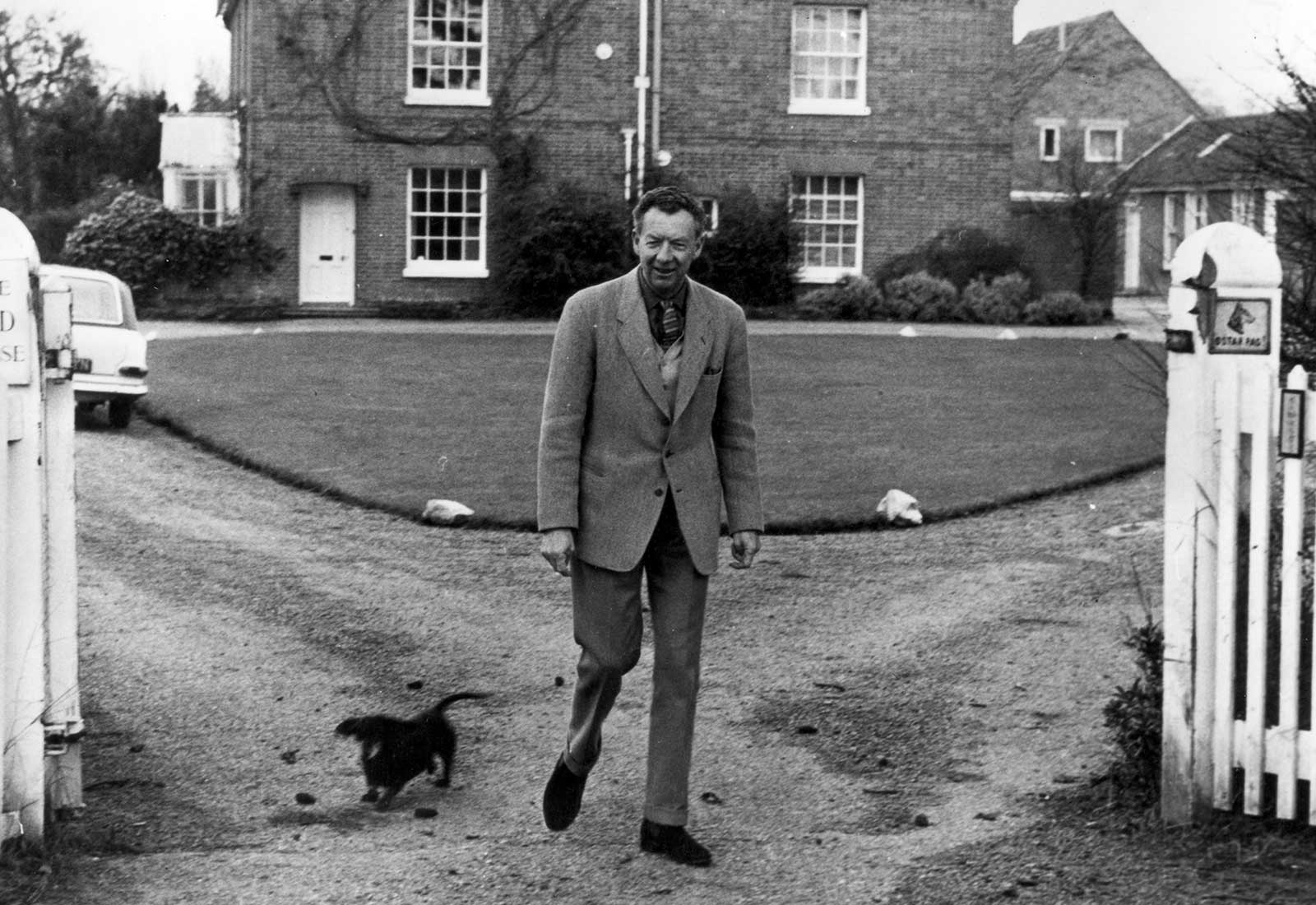
The Royal Ballet School has a long history of nurturing some of the world’s greatest ballet performers and their Special Collections department, headed by Anna Meadmore, is charged with keeping that history alive.

The collection traces not just the history of the school, which was founded in 1926, but the centuries old story of ballet in Britain. It includes student and staff records, performance notes, programmes, posters, photographs and much more.
With this wealth of material, Anna has begun to create an ‘easy-to-explore’ interactive timeline, providing students and researchers with a resource that places the wonderful items from the collection within their proper historical context.
So far, approximately 7,700 items from the Special Collections have been digitised, with the majority uploaded onto the Axiell Adlib collections database. Around 15% of these have been curated online through the Timeline, charting the years from 1862 to 1956.
When one curtain closes…
The school has faced some significant challenges in their aim of making the collection more accessible.
Due to financial constraints and the compliance difficulties that come with being a working school, public access to The Royal Ballet School Special Collections has been restricted. Yet, this is not the first time the collection has been on public display.
Anna Meadmore, Manager of Special Collections:
“With the redevelopment of The Royal Ballet School’s historic site, White Lodge in Richmond Park, and the establishment there of a permanent ballet museum in 2009, the curation and public accessibility of our Special Collections evolved. However, in 2015 funding for the museum was cut by the Department for Education, and access requirements legislation changed, so the museum was closed. The Timeline was conceived as a means of curating our Collections online.”
…Another curtain opens
“Since the Timeline was launched on the school website in February 2017, there have been approximately 3,500 online visitors. This represents more than double the number of visitors to the White Lodge Museum over the same seven month period.
“This has massively broadened our reach. Many of our Timeline explorers come from Japan, the US and Australia!”

Why a timeline?
The Royal Ballet School plays an important role in nurturing the next generation of ballet performers and teachers and, as with any art form, an understanding of the history is vital.
Timelines help us make sense of masses of information in a digestible way and have been used in education for years. According to basic psychology, sequencing information in a structured way, such as chronological order, can make it easier to remember.
“The Ballet History Timeline has proved invaluable as a resource for our students. Feedback indicates that users enjoy the linear narrative, and find the items and history easy to negotiate with the Timeline’s consistent chronological format, and clear visual design.
“This has started to embed a culture of historical awareness in the students, as they can take ownership of the Timeline, which relates very specifically to British Ballet, with which they can easily identify.
“I have also received feedback from staff, who find it very reassuring to be able to point students to the Timeline if they are unable to answer their queries.”
Reaching online audiences

Engaging online audiences is becoming increasingly important for The Royal Ballet School. Partly because the School is a charitable organisation and relies to some extent on the philanthropy of individuals and organisations. The Timeline has a role to play in raising the online profile of the School, extending its educational reach, and drawing in new audiences for ballet.
“Social media is playing an increasing role in the School’s communications and public profile. We trialled our first livestream from the Special Collections stores earlier this year, aiming to introduce people to the School and its historical Collections, and to direct viewers towards the Timeline. This initiative was very popular, and we are aiming to broadcast similar short films once a term in future. This will enable the public to feel a sense of engagement with and ‘ownership’ of their national ballet heritage, thus promoting the art of ballet, and the work of the School.”
In the next act…
Over the next two years, Anna and her cataloguing assistant aim to upload a futher 2000 items to the Axiell Adlib collections database at file level, enabling them to select further archival highlights to upload individually to the Timline. Firstly, around 350 items will be uploaded to illustrate the period 1789 to 1860; then a further 400 items for years 1956 to 1964; with another 250 to be featured in ‘Special Digitial Exhibitions’, “designed to curate material directly related to the ‘historical context’ modules of the School’s new Foundation Degree in Classical Ballet and Dance Performance”.
The show must go on!
“Our analysis of usage for the existing Timeline and Archive Hub indicates that there is a significant interest in Special Collections held by the School from a wide range of people. Once completed and with additional marketing support, the Timeline will offer an unrivalled online resource in the field of ballet and dance, especially British Ballet and its links to European theatre and culture.”




